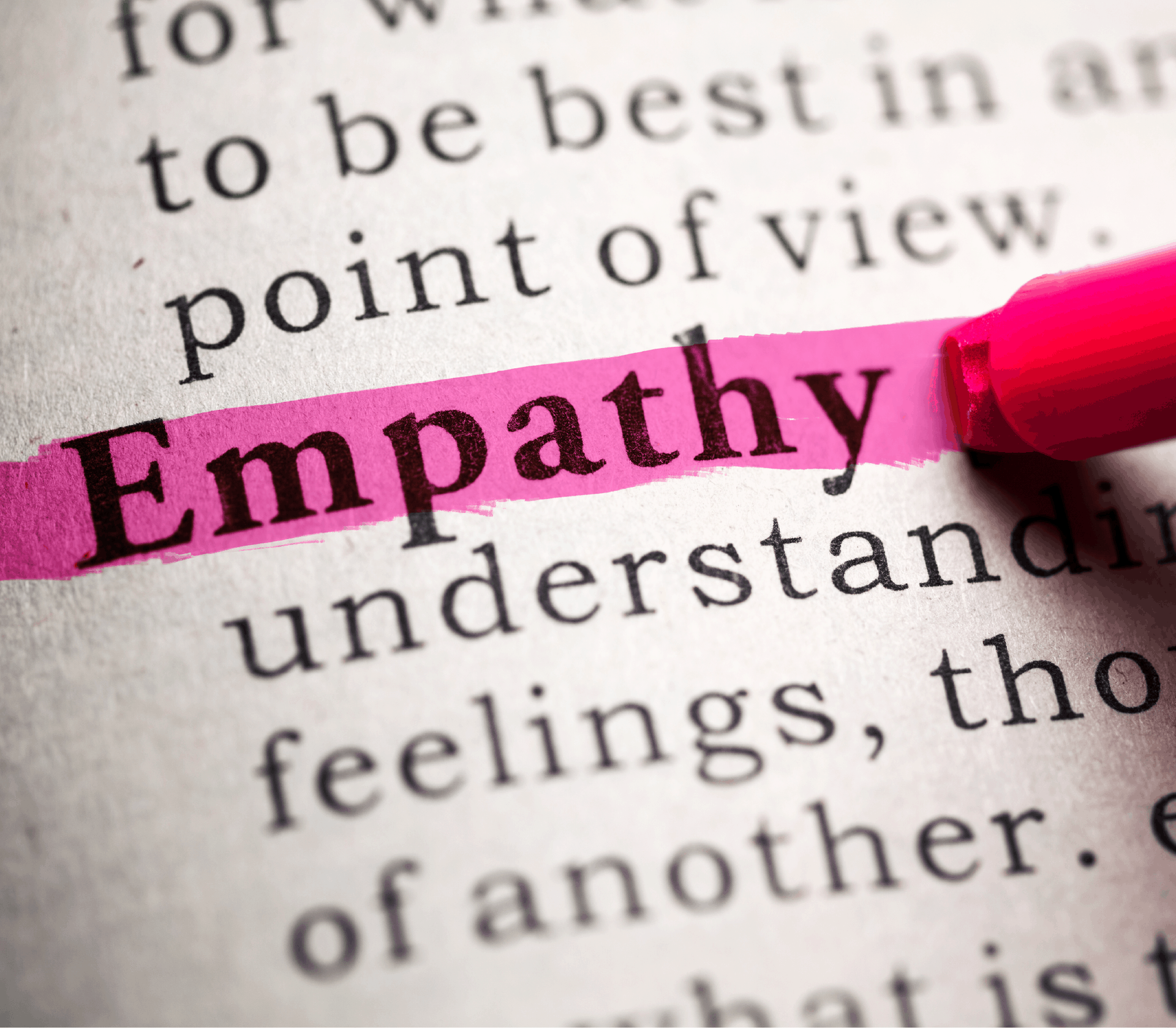Human-centered design (HCD) is at the core of CauseLabs’ empathetic approach to creative problem solving. This methodology defines a framework that seeks to better understand the needs, wants and behaviors of the user, and to best identify a technologically feasible and economically viable solution. By focusing on the end user’s perspective, their environments and routines, throughout all areas of the design process, we can create innovative and beneficial solutions that are tailored to best meet their wants and needs.
Design thinking is a human-centered approach to innovation that draws from the designer’s toolkit to integrate the needs of people, the possibilities of technology, and the requirements for business success.
— Tim Brown, IDEO, Executive Chair
The HCD process, as developed by design firm IDEO, is a model for collaboration that features three main areas for acquiring information, understanding the customer, and solution development: inspiration, ideation, and implementation. This approach is designed for a team, featuring multiple perspectives, to form a powerful collaboration of people generating numerous ideas, iterations and improvements throughout the inspiration, ideation, and implementation phases.
Each of these three phases are composed of actions to gain a better understanding of who the user is, what their needs are and what created the need. To also learn how, and in what environment, they’ll use the solution, and to identify what solution will best meet their needs.
Inspiration
CauseLabs’ initial focus is on learning about the end user and their needs through observation, interviews, and research. A clear understanding of our client, and their end user allows us to empathize and better understand what they want, need, and how to best provide the ideal solution. This is critical to the role we play in providing not only strategic and technology solutions to our nonprofit and social enterprise clients — but to their clients — the actual end user of the product we are building.
We derive our inspiration by utilizing the four main HCD areas of research methodology: learning from the people who will be utilizing the product or service; learning from experts that can provide information on related frameworks, research, advice, solutions and products; immersion in the actual environment in order to observe the users and learn from their activities; and finally by using analogous thinking for inspiration and to gain fresh perspectives.
Creative confidence is the belief that everyone is creative, and that creativity isn’t the ability to draw or compose or sculpt, but a way of understanding the world.
– David Kelley, IDEO, Founder
Ideation
This phase is a combination of brainstorming, multiple idea generation, rapid prototyping, and the utilization of feedback, from the end user, about our ideas and concepts. By facilitating this work with our clients we are able to unearth information and ideas that ultimately help surface a solution. Utilizing quick and simple prototypes, we can share our concepts, with each other, our client, and their audience, to identify strengths and weaknesses and make adjustments accordingly. This immediate feedback allows us to iterate upon the ideas and develop a more refined solution that is ready for implementation.
“The ideation phase surfaces numerous ideas, many that are valid and potentially viable. Our role is to help refine and identify the ideas that will be prototyped and tested, and to facilitate a validation process that surfaces one concept to carry forward into implementation.”
– Sheryle Gillihan, CauseLabs, CEO
Implementation
After identifying the ideal concept we develop a tightened prototype for the users to test, provide reviews and make additional revisions before moving into development of the final product.
This approach keeps the focus on the end-user and their needs, thoughts, emotions, and behavior. Through trial and error and multiple iterations, with input along the way we can dispel preconceptions and assumptions about the user, the problem, and the solution — and clearly identify an ideal solution.
“Taking the time to get to know your real users will bring to the surface all the nuance of the problem that you have been too blind to see. This is where creative solutions live, in the gap between what we think we know and the reality of the situation.”
– Mike Rich, CauseLabs, Creative Director
If these actions sound time-consuming and laborious, they are. Drilling down to find the root cause of a problem, working to truly know your end user’s wants and needs, passions and frustrations, identifying what is technologically feasible, and developing a product that is economically viable within these parameters is the human-centered design process. The results of this empathetic approach to learning about and designing for your end-user, are tailor-made products and innovative solutions that successfully solve their problems.
Whether you are needing to heighten your capabilities, broaden your reach, develop a strategy, improve your UI/UX, or want to develop an application ecosystem to better reach the world, we’re help to you. By listening, learning and understanding your wants we’ll work together to create a solution to best meet your needs.
“CauseLabs has been a fantastic partner to IDEO.org. We’ve found them to be responsive, flexible, efficient, talented, and most of all, fun to work with. CauseLabs is our go-to partner for web and app development.”
– Jocelyn Wyatt, Executive Director, IDEO.org

